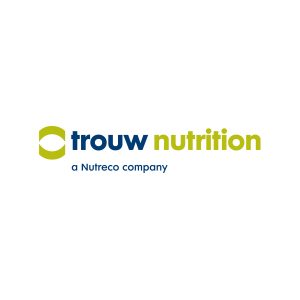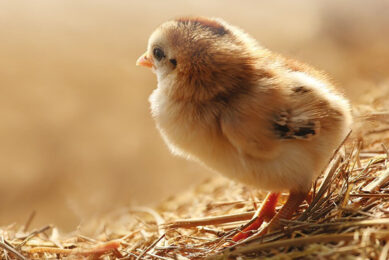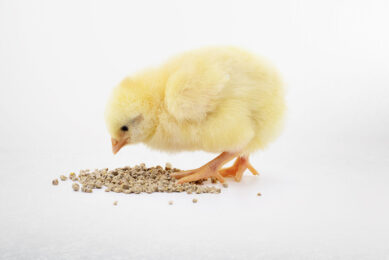Protein precision: Thriving performance and economics in poultry
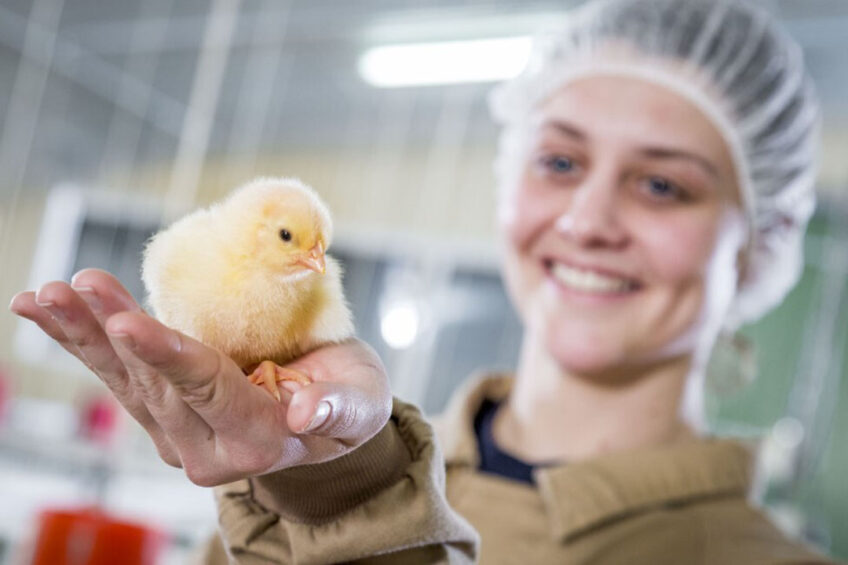
While feed prices are high and margins are tight, there are still a few effective knobs that we can turn to encourage poultry performance and economics to thrive. Here we talk about the power of early feeding, the speed of proteins, and new insights on how to safely reduce protein levels in broiler diets.
The broiler sector has undergone tremendous developments over the years regarding nutrition and genetics. Today’s poultry farmers are now able to raise broilers having higher performances than ever before. “But how can the same broiler breed fed a diet with the same amount of energy, protein and amino acid ratio still perform differently on different farms? If we can crack this code, it will guide us in the direction where we can improve,” says Roland Koedijk, global head of poultry nutrition at Trouw Nutrition.
Fast protein labelling
While we know that animal performance is more than nutrition alone, it is also influenced by farm management, region, climate, and disease pressure, among others. “Yet, we recently found that there is a different mechanism involved, contributing to different responses of birds to the same diet. It is the type of protein used and more specifically, the level of fast protein in the diet. The proteolysis pattern of proteins in the small intestine can vary greatly among various sources and depends on the fraction fast protein that is present,” explains Koedijk.
The fast-growing broiler benefits hugely from having fast protein in the diet. Fast protein is better digested and leads to less unfermented fraction in the hindgut (which can lead to bacteria overgrowth, diseases, and wet litter) and more efficient use of raw materials. Having better protein digestion directly translates into bodyweight improvements and feed efficiency.
“The differences in protein digestibility, also known as ‘protein kinetics’, are remarkably interesting. Now that we can analyse fast protein, we can provide all the protein sources in our nutritional database (that we use to formulate diets) with an extra label (matrix value) with the fast protein fraction. We also analysed the fast protein levels of the feed, produced by our feed mills, to see where the differences lie and where we can improve and recommend using different protein sources to increase the fast protein levels, and what this means for poultry performance and economics,” explains Koedijk. The same labelling has been done with the speed of fibre associated with ingredients. “The combination of fast protein and slow (resistant) fibres takes digestion to the next level,” Koedijk adds.
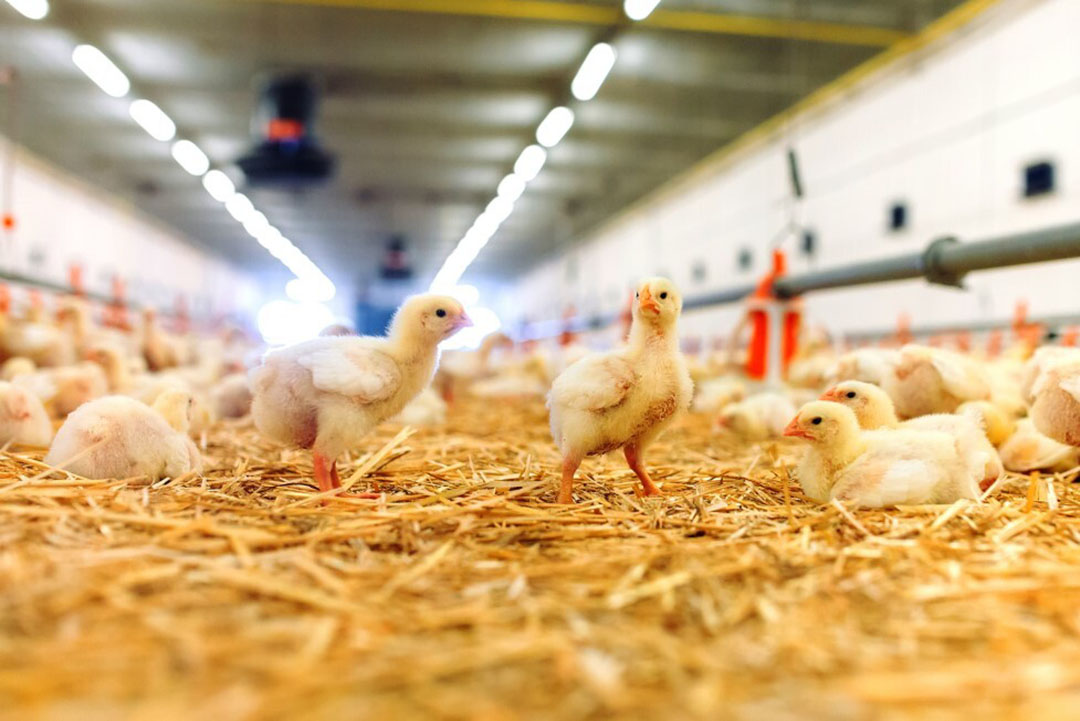
Wins of early feeding
Balancing diets based on protein kinetics is an important knob we can turn to increase digestibility, reduce undigested protein in the hindgut and increase performance. Koedijk: “But we can only profit from it if the broiler has a well-developed gut. And this is where early feeding comes in. The first days are, therefore, the make-or-break window. The nutritional requirements change rapidly to support the development of organs (including the gastrointestinal tract) and the immune system. If you got the first days right in terms of nutrient provision, you do not only improve performance, but you also increase the resilience of the bird to cope with stress later in life.”
The most common first phase (starter) feeding programmes only consider the first 10-14 days of the chick’s life. The risk here is that the average nutrient content given is too low for the chick’s first days and too high for the week-old broiler. Trouw Nutrition recommends feeding the chick a specially designed diet for 4 days. This is around 10% of the bird’s lifespan, yet there is a whopping 190% body weight (BW) increase during this period (in comparison: in the last 4 days of the finishing period, the BW increase is only 16-17%).
To make sure the large BW increase in the first days goes well, the chick should be fed with highly digestible nutrients. High digestibility is key because gut enzymes are not (fully) active yet at this early age. Extensive research at Trouw Nutrition led to a small pellet size (1.8mm) to increase feed uptake, consisting of highly digestible ingredients to maximise organ and tissue development (ChickCare). Trials under market conditions showed that this pays off in terms of profitability (+13 euro cents per bird) and increased growth on day 4 and day 37.
Lowering protein levels
The more you can specify in the diet, the more economical a diet can be formulated. This includes precision formulation for the first 4 days of the chick’s life and precision protein formulation based on protein kinetics (or fast protein levels). These approaches together allow poultry producers to increase feed digestion ratios along the production period of the broiler and simply get more value out of the diet.
Koedijk: “When digestion is improved, we can also look at lowering the total protein levels in the diet. While we have lowered protein levels already over the years, there is still room to reduce them further. And we can do this more confidently now because of the precision formulation tools we now have available.”
“However, reducing protein should be done carefully, as the amino acid needs might change. But if we can safely reduce total protein, we can lower the feed costs and reduce health problems and the nitrogen emissions associated with feeding (too) high levels of protein. While we cannot control global market prices for feed ingredients, we still have some effective knobs to turn to increase poultry performance and economics. And this is all about increasing digestion, and there are big wins we can make here,” Koedijk concludes.
Learn more about nutritional solutions around precision farming here.


